This post references two recent blog posts that are well worth reading, and they are:
- Renaming the Birds of North America – 2020-06-15 – Wildlife Observer Network
- Rename All Birds Named After White People – 2019-06-23 – 10,000 Birds
In The Names of Birds Named After People – Part 1 we took a look at some of the problems with honorific bird names, or birds named after people. The two posts linked above also provide a good look at these issues if you’re wanting to take a slightly deeper dive, and there’s lots of other great information out there.
In their post Renaming the Birds of North America, Wildlife Observer Network points out that not only are these names bad from a racial and gender equality standpoint, they’re also just plain bad. An honorific bird name doesn’t tell you anything about the bird it identifies, whereas a well-chosen descriptive name does. If you weren’t familiar with the Wilson’s Warbler it could look like literally anything, but a Black-throated Blue Warbler would be easier to pick out of a line-up.
Furthermore, honorific names are not the only bad bird names that exist. Some birds are named for features that are hard to see, or after small geographic areas (like cities or states) that are not representative of their actual range. Others are simply inaccurate, and could use a rethink.
To remedy this WON takes a stab at picking out all the problematic names and suggesting viable alternatives. I’m frankly jealous they thought of this first because it sounds like a super fun way to spend a day or three, but them’s the breaks. I guess all that’s left for me to do is sit back and armchair-judge their suggestions with an authority that nobody has given me and which I have most certainly not earned.
Here are a few of the proposed changes that caught my eye:
McCown’s Longspur to Cheyenne Longspur
This seems like the most logical place to start, with the aforementioned and unfortunately-named longspur. In this case we get Cheyenne Longspur because it “reflects geographic distribution which is consistent with Cheyenne Nation”. Pretty hard to argue with, and why would you?
Wilson’s Warbler to Black-capped Warbler
Ross’s Goose to Nunavut Goose
Harris’s Hawk to Pack-hunting Hawk
Bonaparte’s Gull to Boreal or Tree-nesting Gull
Lewis’s Woodpecker to Great Basin Woodpecker
Baird’s Sandpiper to Long-winged Sandpiper
Henslow’s Sparrow to Tallgrass Sparrow
Here are some great examples of what the list mostly comprises – thoughtful changes from honorific names to names referencing prominent features, habitat preferences, behaviours or geographic distributions. As a Canadian birder I’m certainly partial to Nunavut Goose. I love Pack-hunting Hawk and Tree-nesting gull, both of which allude to (nearly) unique behaviours in those birds’ respective groups. In fact I think I love behaviour-based names in general, of which there are presently not enough.
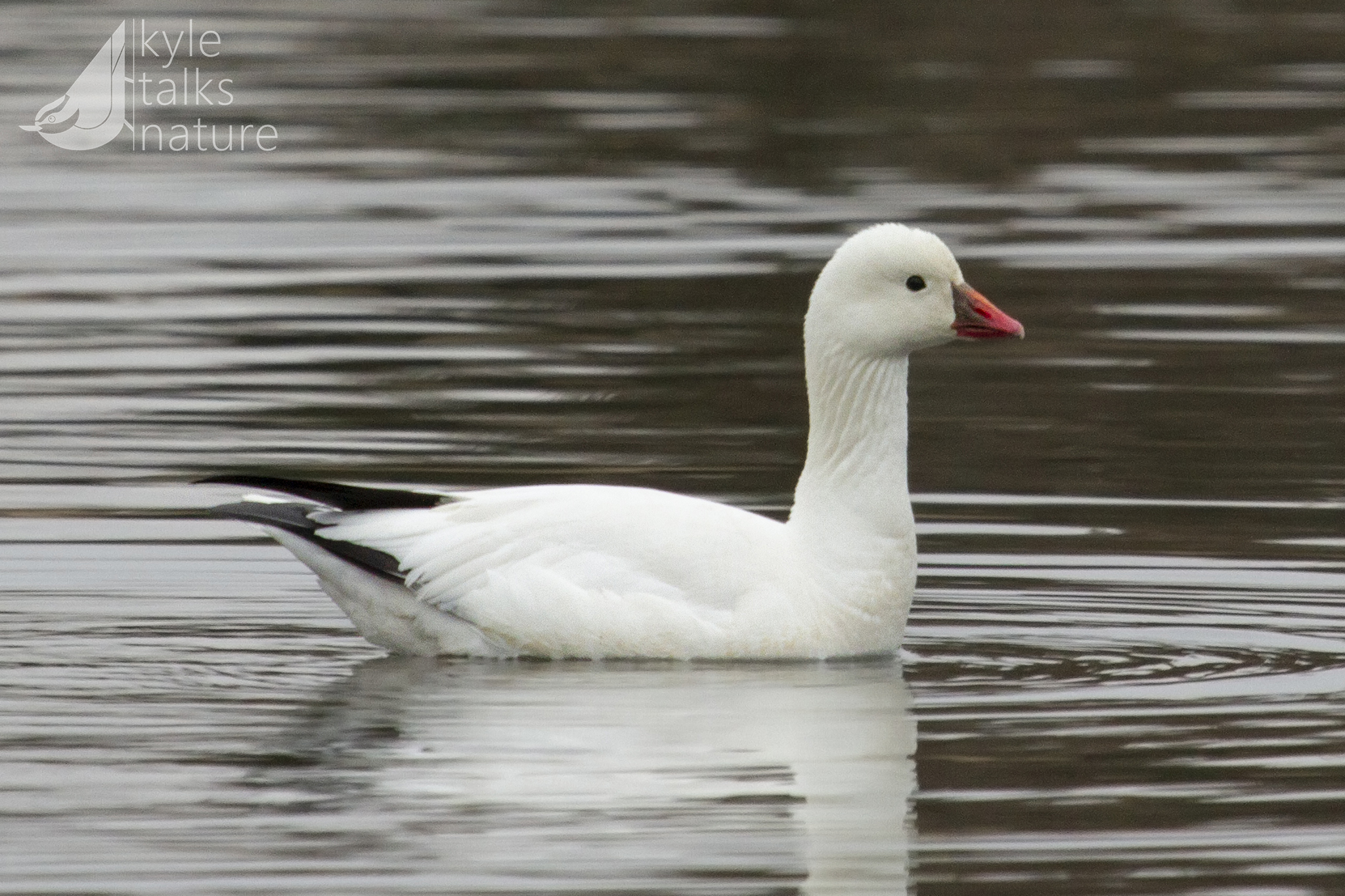
Flesh-footed Shearwater to Pasty-footed Shearwater
I cannot overstate how much I love this suggestion. Flesh-footed Shearwater is a name that may not immediately jump out at you as problematic (if your flesh is the same colour as the shearwater’s feet, anyway), but it hearkens back to the Crayola Flesh colour controversy. Pasty-footed Shearwater is amazing. As a pasty-footed person, I wholeheartedly approve.
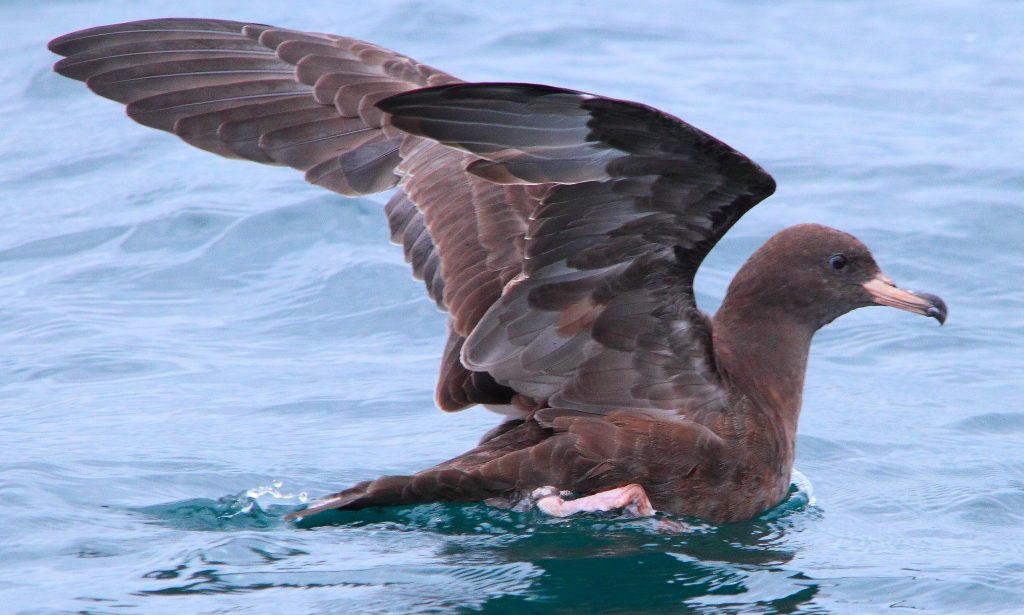
Ring-necked Duck to Ring-billed Duck
Red-bellied Woodpecker to Eastern Red-capped Woodpecker
Orange-Crowned Warbler to Bland Warbler
On the topic of birds named after hard-to-see features, this is a classic trio, each of which has mystified the new birder for far too long. All of these suggestions make the logical shift to naming the bird after a more prominent feature. I especially love Bland Warbler, which is simultaneously tongue-in-cheek and 100% accurate (Orange-crowned Warbler should really consider getting a prominent feature).
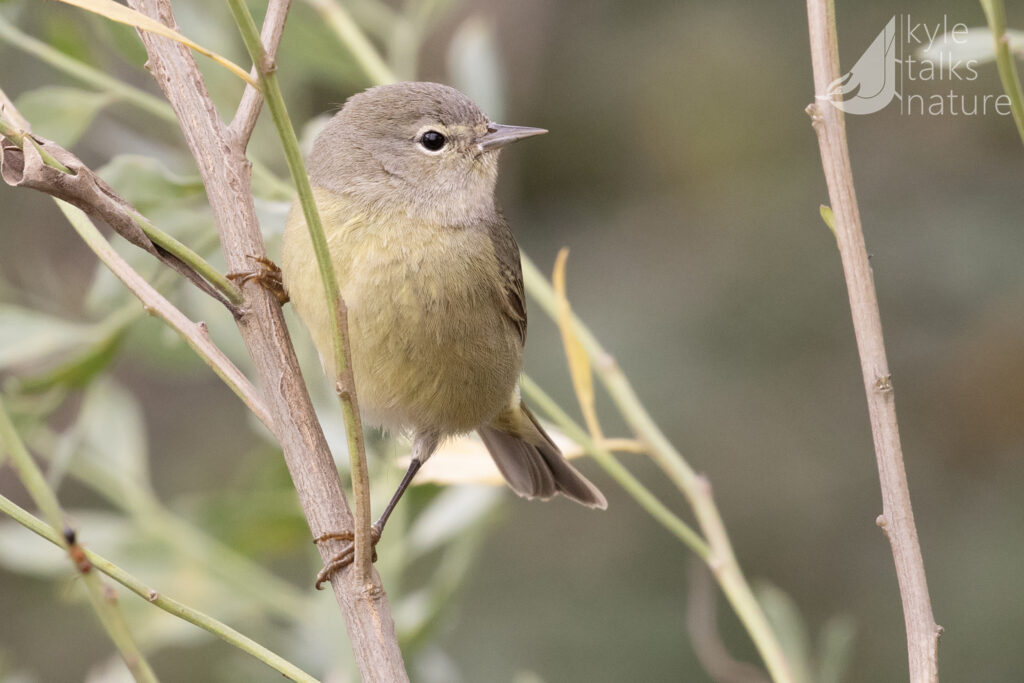
Cooper’s Hawk to Forest Hawk
This is a tough bird, as WON concedes: “Needs better descriptor, remarkably similar in markings to Sharp-Shinned Hawk. There are 51 species of Accipiters currently recognized that share many behaviors and features, therefore it is difficult to pick out something specific to this species”. Forest Hawk is accurate, but does nothing to separate the bird from the closely-related and geographically overlapping Sharp-shinned Hawk (incidentally you know you’re hard up for names when you’re assessing the sharpness of a bird’s shins).
An earlier version of WON’s list suggested Aggressive Hawk, which also doesn’t distinguish it from Sharp-shinned Hawk but is so badass I don’t care. In fact I think Greater Aggressive Hawk and Lesser Aggressive Hawk have some real potential. A Greater/Lesser solution actually seems like an obvious fit here and would allow for a single name that suits both species. Perhaps Urban Hawk, Woodlot Hawk, American Sparrowhawk, Bird-hunting Hawk, Yard Hawk or Chasing Hawk?
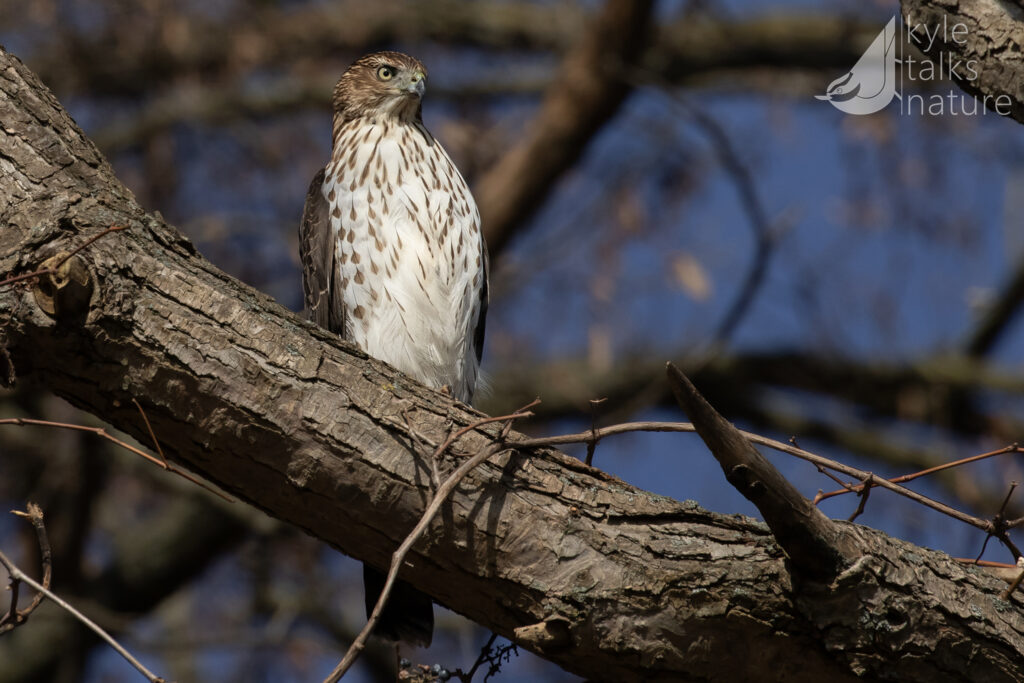
American Herring Gull to Sea Gull
WON justifies: “Name is cumbersome after split from Eurasian species, sea gull is common colloquial name for species. It will piss off birder snobs”. Please, please do this.
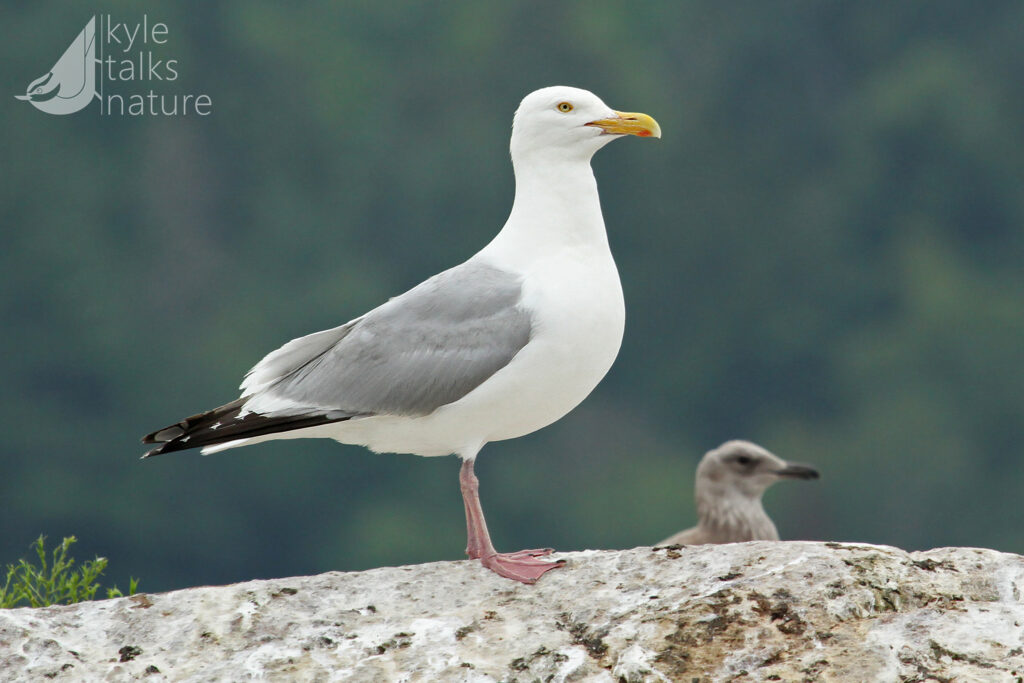
Prothonotary Warbler to Golden Swamp Warbler
This may be my absolute favourite suggestion on the list. I think it’s the stark contrast between the exalted, aspirational nature of the word ‘golden’ followed by the gutteral, muddy sound of the word ‘swamp’. That, and the fact that it perfectly describes this most enigmatic and sought-after wood-warbler species. I can’t wait to report my first Golden Swamp Warbler while wearing a mile-wide smile.
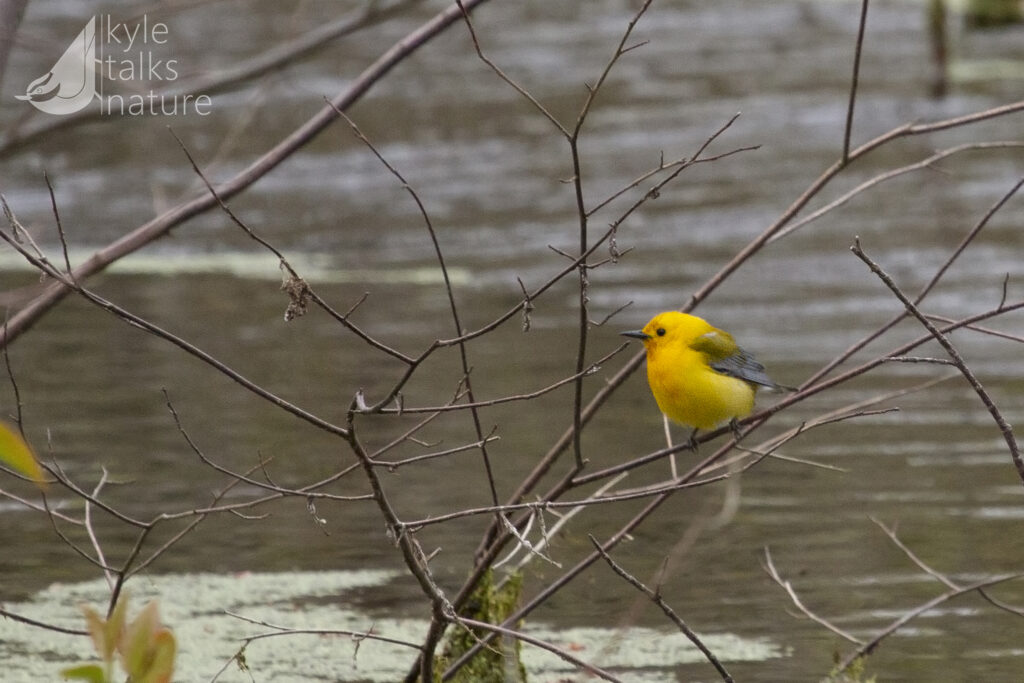
Canada Warbler to Necklaced Warbler
Just when I was feeling good about this list, you had to come for Canada Warbler. I notice that you avoided the goose and the jay, both of which breed extensively in the US, and came straight for the jewel of the Canadian forest. I will point out that most of the Canada Warbler’s breeding range is here in Canada, and remind you that we may be polite but we are not above writing a strongly-worded letter.
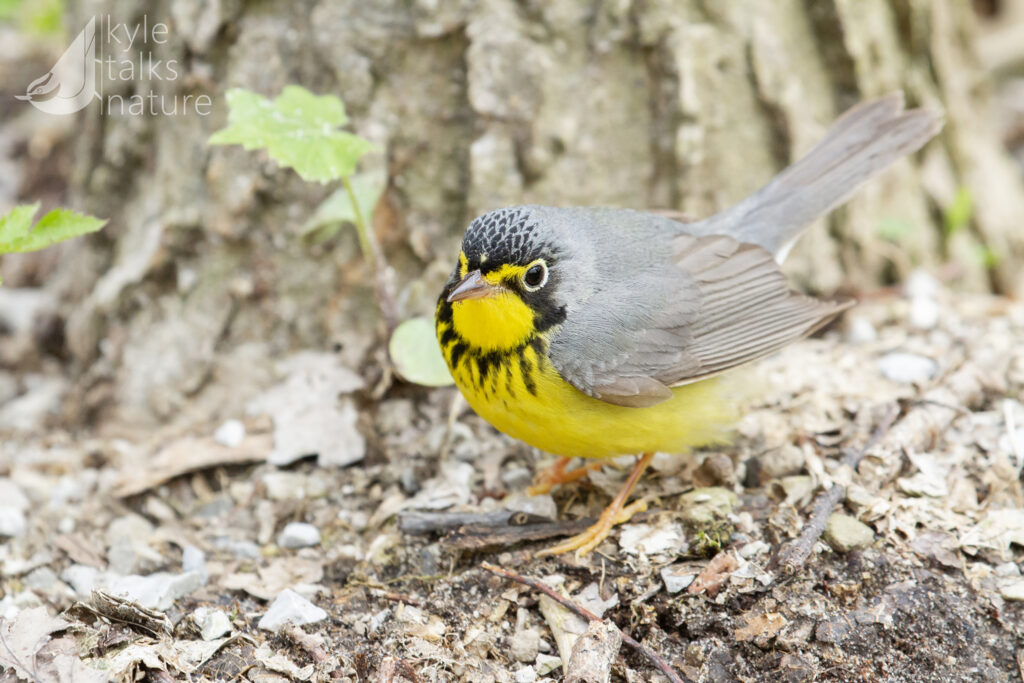
Baltimore Oriole to Ballfield Oriole
Audubon’s Oriole to Tex Mex Oriole
Lawrence’s Goldfinch to Silver and Goldfinch
Cape May Warbler to Tiger Warbler
Blackburnian Warbler to Flame-faced Warbler
Kentucky Warbler to Sideburns Warbler
Now we’re talking. If you’ll permit me a small rant, I strongly believe that science takes itself a bit too seriously. Don’t get me wrong, I’m all about science, but the tendency for scientists to be dry and…well sciencey creates a disconnect between the world of science and the world of people who aren’t huge dorks (he said with great affection and self awareness).
I think there’s great value in allowing ourselves to have a bit of fun with the way we name species, and these six are a perfect example of that. If I’m trying to teach a class of 10-year-olds about a Cape May Warbler there’ll likely be a lot of drooping eyelids, but you’d better believe that Tiger Warbler will grab their attention. People connect with species through their names, so with those names we have an opportunity to foster connection.
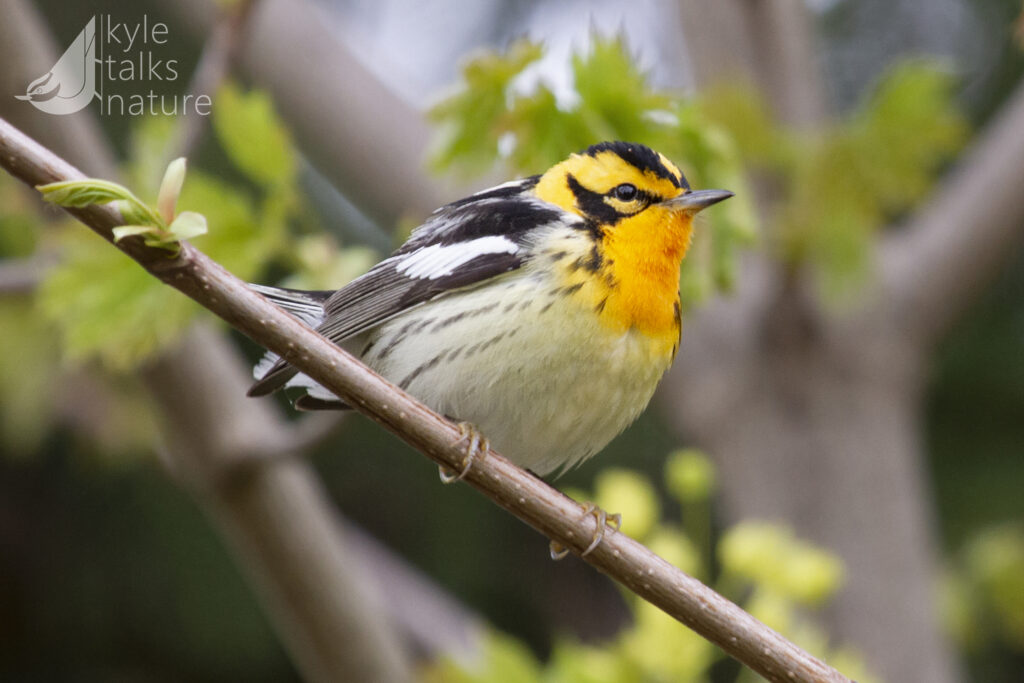
Now I’m just about done yammering but there’s still one more small change on the list that I must address. If you know me and you have read the WON post, you might already know what I’m talking about.
Olive Warbler to Ocotero
Part 3 coming soon.
Images:
Flesh-footed Shearwater: By Teddymacollege – Own work, CC BY 3.0, https://commons.wikimedia.org/w/index.php?curid=31860708

